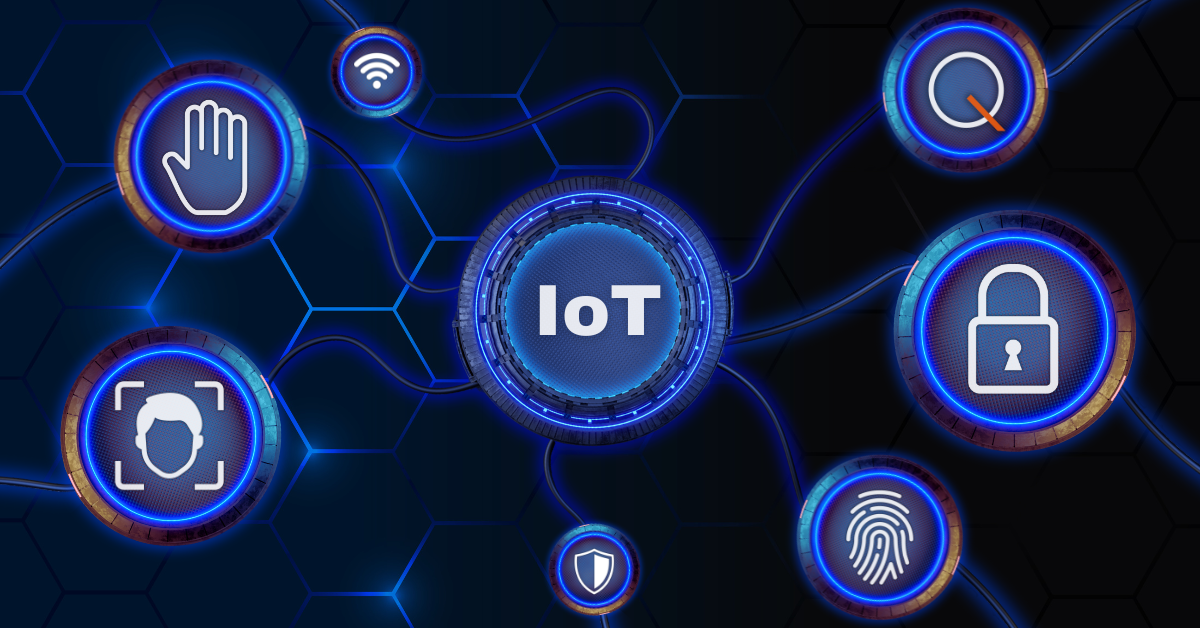Categories
The rapid proliferation of Internet of Things (IoT) devices has transformed industries, homes, and cities, creating a hyper-connected ecosystem where data flows seamlessly. However, this connectivity introduces significant security risks, as billions of devices become potential entry points for cyber threats.
Enter biometrics—the use of unique physiological or behavioral traits for authentication—which is increasingly integrated with IoT to bolster security. This article explores the convergence of IoT and biometrics, delving into industry trends, technological advancements, challenges, and future prospects for securing the connected world.

Biometric technologies, such as fingerprint scanning, facial recognition, and voice authentication, leverage unique human characteristics to verify identity. When paired with IoT, they create a seamless and secure user experience across various applications.
These modalities are embedded in IoT devices to provide real-time, user-specific authentication, reducing reliance on vulnerable passwords.
Biometric systems in IoT rely on advanced algorithms and hardware. For instance, edge computing enables local processing of biometric data, reducing latency and bandwidth usage.
Secure elements, like Trusted Platform Modules (TPMs), store biometric templates safely, while encryption protocols protect data during transmission.
Machine learning enhances accuracy by adapting to variations in biometric inputs, such as changes in lighting for palm vein recognition.
The synergy of IoT and biometrics is reshaping multiple sectors, addressing unique security needs and improving user experiences.
These applications demonstrate how IoT and biometric technologies together create secure, user-centric ecosystems.
Despite their potential, combining IoT with biometrics presents technical and ethical hurdles that must be addressed.
Many IoT devices have limited processing power, making it challenging to run complex biometric algorithms.
Diverse IoT ecosystems often lack standardized protocols, complicating biometric integration.
Environmental factors, like poor lighting, can reduce biometric accuracy, leading to access issues.
The collection of biometric data raises significant privacy issues. Unlike passwords, biometric traits cannot be changed if compromised, increasing the stakes of data breaches. Additionally, widespread use of facial recognition in IoT systems has sparked debates over surveillance and consent, particularly in public spaces. Regulatory frameworks like GDPR and CCPA impose strict guidelines on biometric data storage and usage, requiring robust compliance measures.
The future of IoT and biometrics lies in overcoming current limitations and expanding capabilities through innovation.
Advanced algorithms will improve biometric accuracy and enable adaptive authentication, such as detecting stress in voice patterns.
IoT systems will adopt continuous authentication, using biometrics to verify users throughout their interaction.
Combining multiple biometric modalities (e.g., face and voice) will enhance security and reduce false positives.
Decentralized storage of biometric templates on blockchain can prevent unauthorized access and tampering.
As we move forward, the synergy of IoT and biometrics will redefine how identity and access are managed—not just in enterprise environments, but in everyday settings like smart homes, healthcare, transportation, and wearable tech. This convergence promises a future where authentication is frictionless yet highly secure, with biometric data processed locally via edge computing to minimize latency and enhance privacy. Still, the path ahead demands rigorous standards, transparent data handling, and user-centric design to ensure that innovation does not come at the cost of individual rights. With thoughtful implementation, this powerful alliance could become the cornerstone of a safer, smarter, and more connected world.